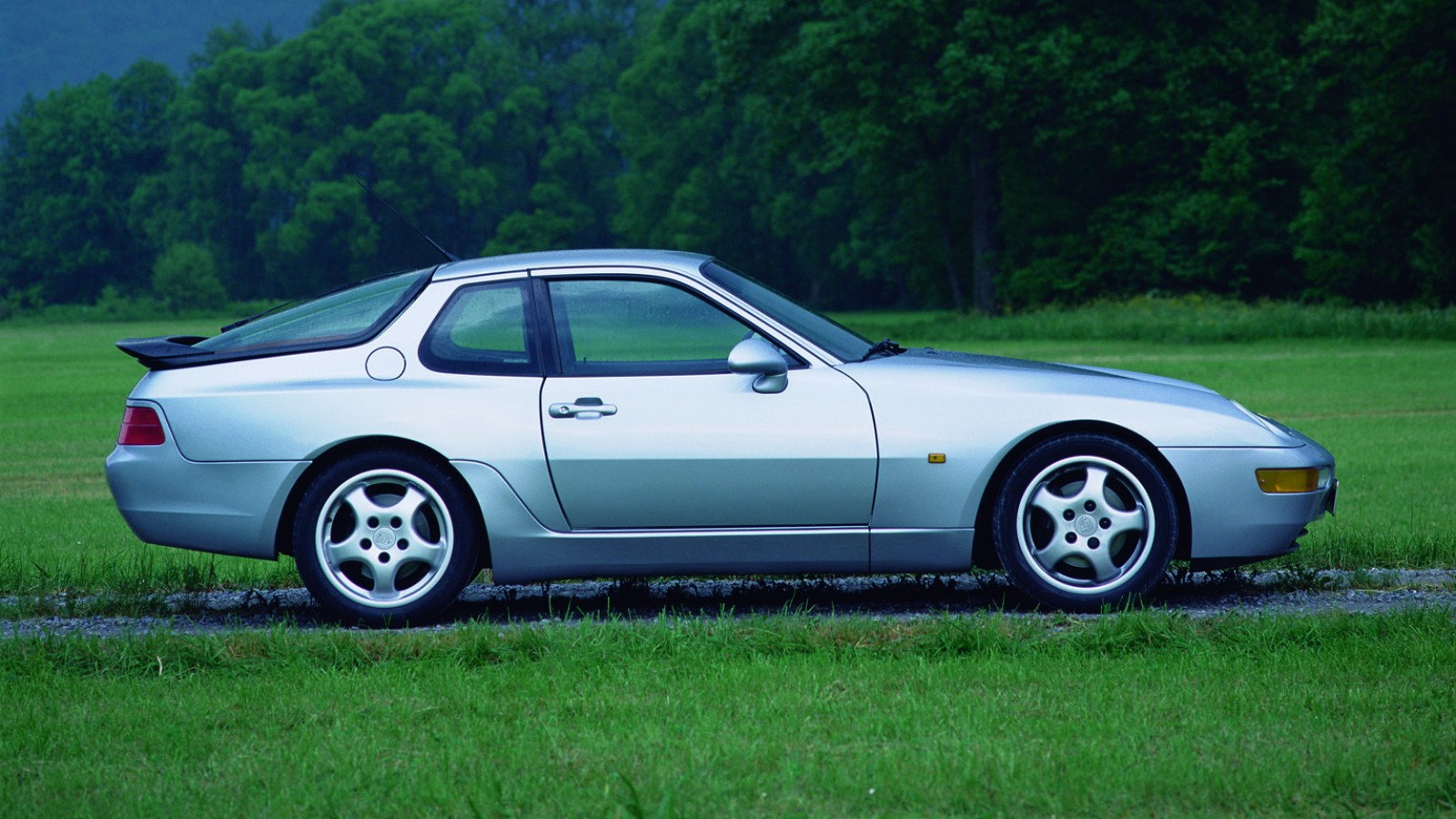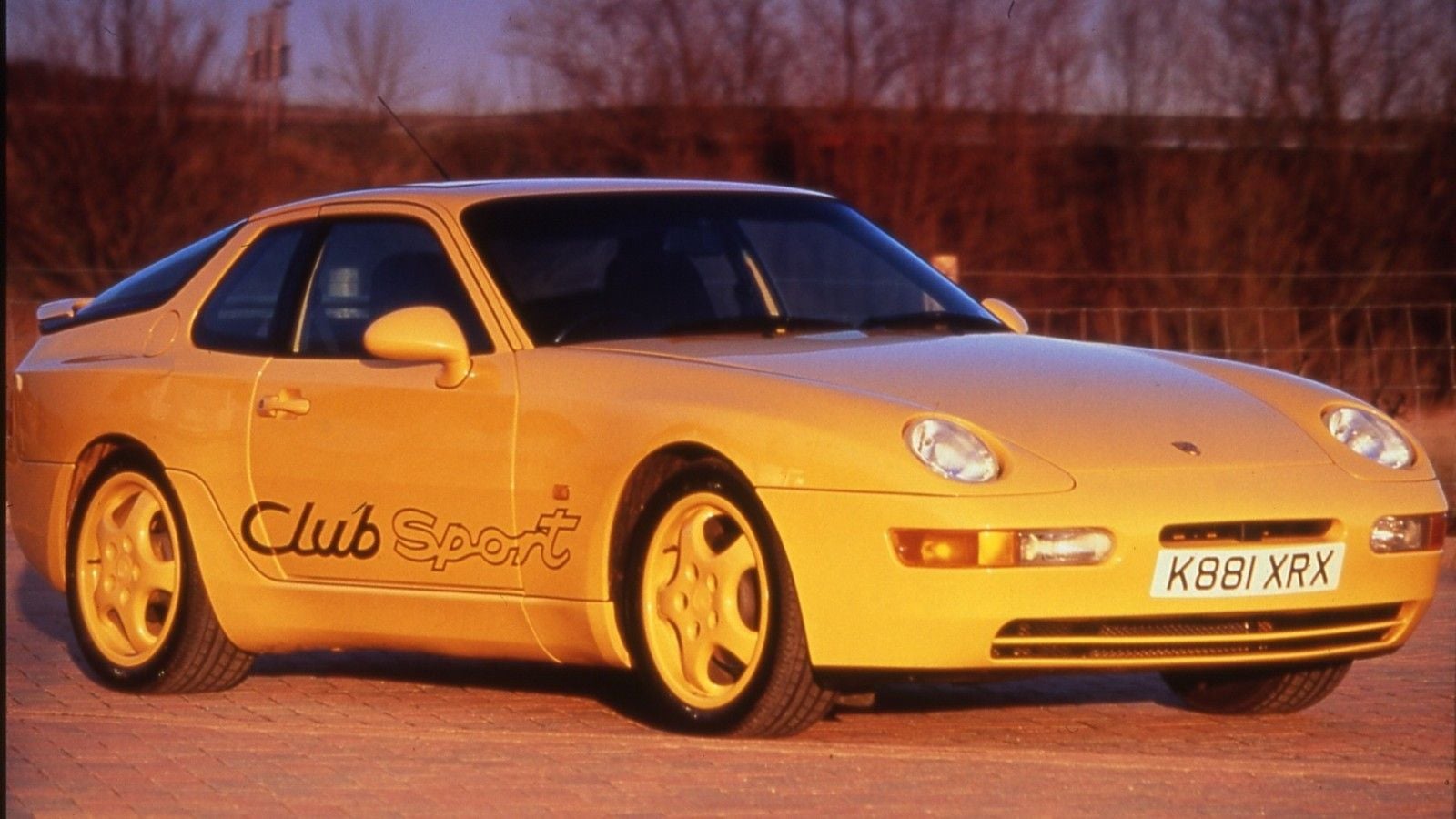Why the 968 Club Sport is a Legendary Four-cylinder Porsche
A lighter four-cylinder Porsche which became legendary
















From a humble platform
Before the Macan and 718-series Porsches revived the four-cylinder engine, it was 968 which championed four-pot performance for Zuffenhausen. This compact liftback coupe was a seminal early 1990s Porsche and it evolved one of the best driver's cars of all time.
Photo courtesy of Honest John
The 968 was a proper Porsche
The 968 was in some ways a 928-lite. Front-engined and rear-wheel drive, it had the configuration of a typical grand touring sportscar. The packaging was excellent, with that large-capacity four-cylinder engine mounted with most of its mass behind the front axle. It might not have had six- or eight-cylinders, but that did make it any less of a Porsche.
>>Join the conversation about the 968 Club Sport on right here at Rennlist.com.
Club Sport - a byword for 'lighter'
This is the car which defined 968 as a range. Known for its characteristic yellow finish (even those wheels were yellow), the 968 Club Sport was a very special car. It took all the elements Porsche had originally executed so well and then made the entire package lighter.
>>Join the conversation about the 968 Club Sport on right here at Rennlist.com.
Strictly for two
How much lighter did Porsche manage to make its 968 Club Sport? By deleting the airbag, rear seats and that aft wiper blade, Porsche managed to trim weight a lot. A few other details helped to cut 220lb from the curb weight of a 968, which meant the Club Sport version only weighed a scant 2,910 lb.
>>Join the conversation about the 968 Club Sport on right here at Rennlist.com.
Lighter and lower
The lower curb mass made the Club Sport more agile than any other 968, but it also had a reduced center of gravity. The Club Sport suspension was revised, lowering the car by 20mm, thereby greatly enhancing stability. Traction was improved too, by the Club Sport's wider 17-inch wheels.
>>Join the conversation about the 968 Club Sport on right here at Rennlist.com.
A very torque rich four-cylinder
The one thing which did not differ between the standard 968 and Club Sport version, was Porsche's four-cylinder engine. At 3-liters in capacity, it was unusually larger for a four-cylinder powerplant. Trick valve-timing helped to produce 236hp, whilst the proportionally large cylinders helped crank out 225lb ft of torque.
>>Join the conversation about the 968 Club Sport on right here at Rennlist.com.
A very quick atmospheric four-cylinder
The lightweight made or exceptionally responsive performance. Acceleration registered 0-60mph in 6.2 seconds, which was impressive for a four-cylinder car in the mid-1990s. Top speed ran a true 152mph and with a closely stacked six-speed manual transmission, overtaking performance was unlike almost any naturally-aspirated four-cylinder car of the era you could imagine.
>>Join the conversation about the 968 Club Sport on right here at Rennlist.com.
The rarest one
Although most of the 968 Club Sports Porsche built for customers were yellow, there were other color options too. As illustrated by this white car above, with its contrasting red graphics. The Club Sport side lettering, a Porsche 2.7 RS legacy feature, were optional. But one thing is for certain, the 968 Club Sport was a truly great four-cylinder performance car - and a white one is a true unicorn.
>>Join the conversation about the 968 Club Sport on right here at Rennlist.com.
>>For help with your do-it-yourself maintenance and repair projects, please visit our how-to section.
